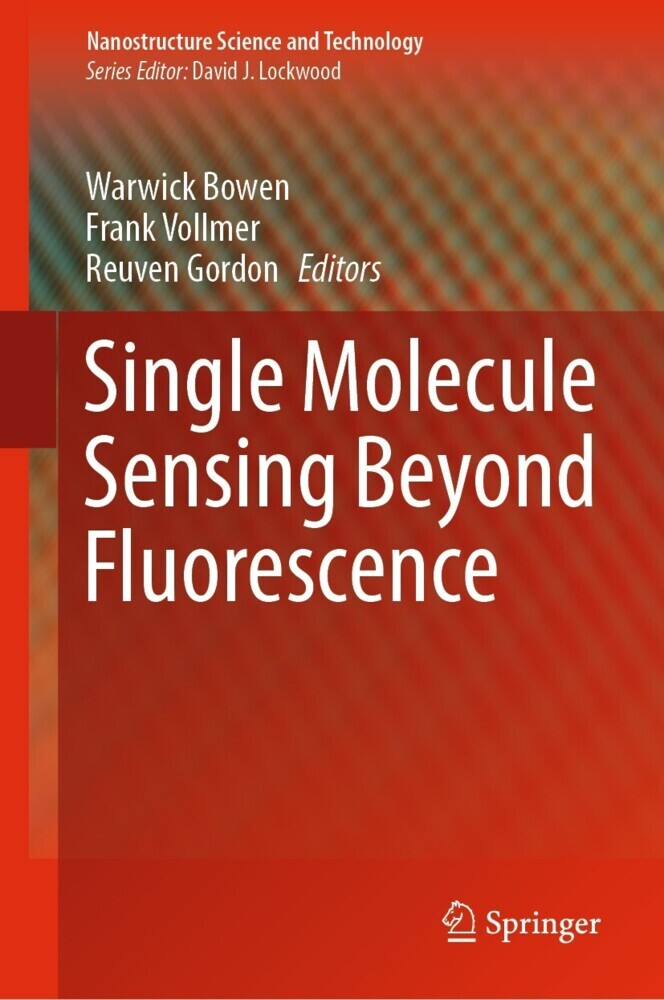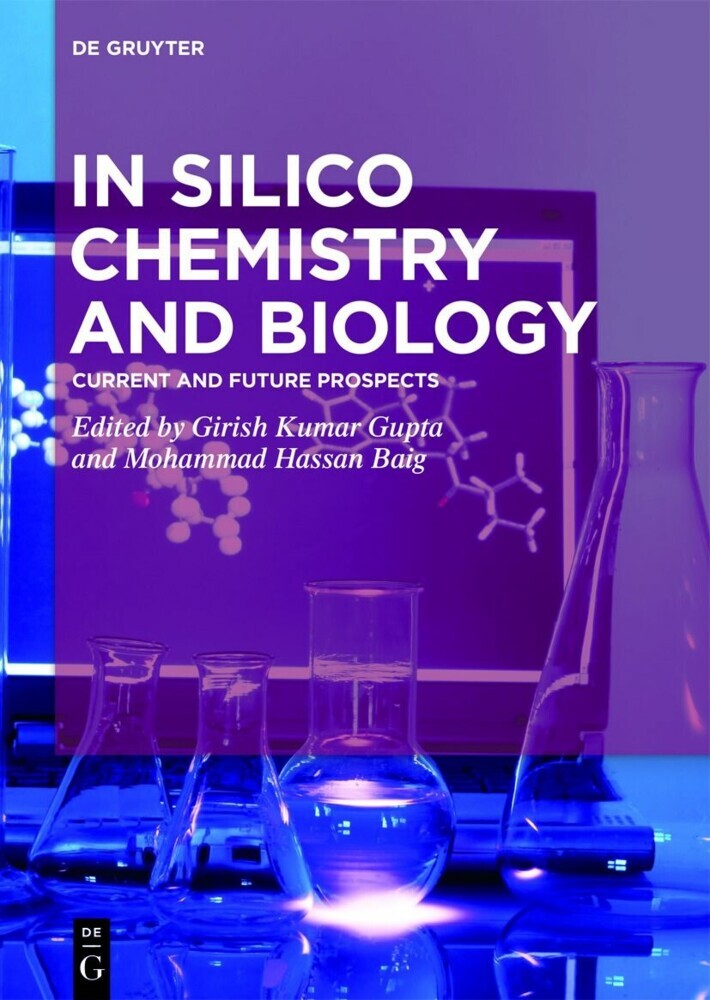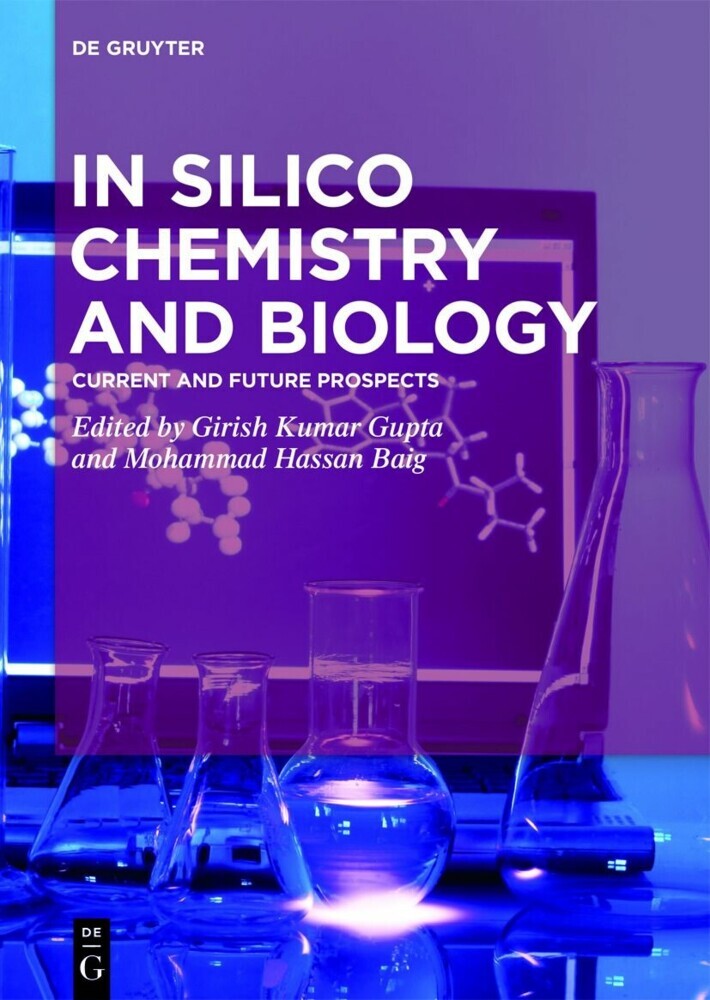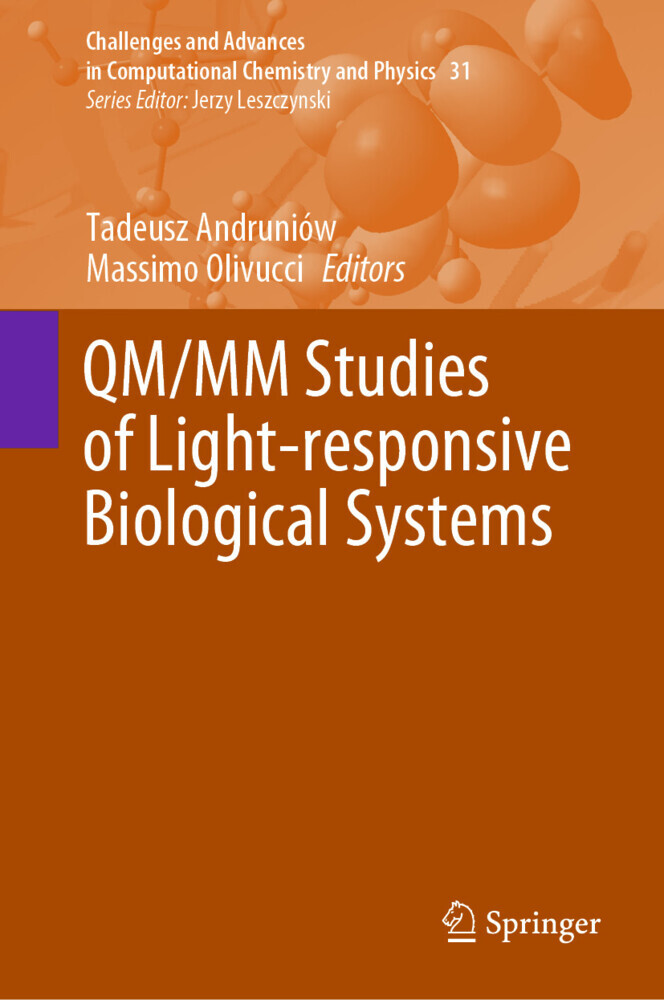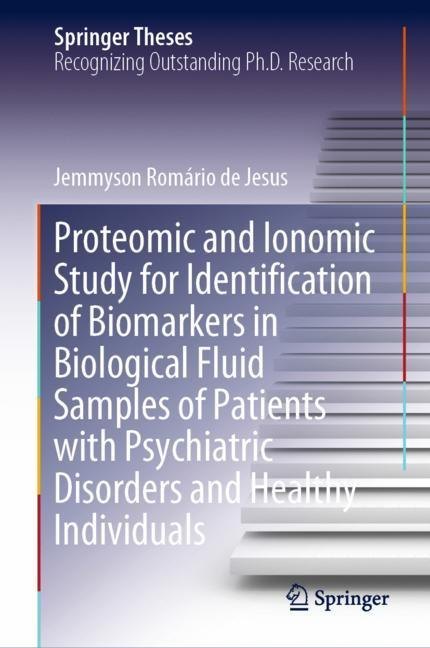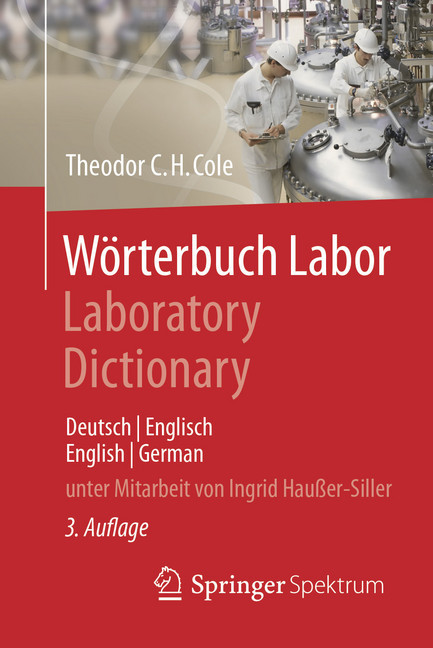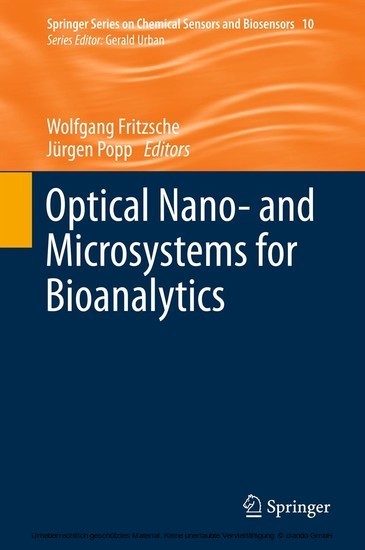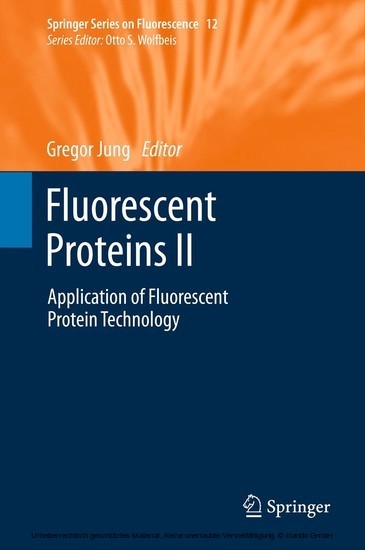Computational Studies of Transition Metal Nanoalloys
Computational Studies of Transition Metal Nanoalloys
The focus of this thesis is the computational modelling of transition metal bimetallic (nanoalloy) clusters. More specifically, the study of Pd-Pt, Ag-Pt, Au-Au and Pd-Au as a few tens of atoms in the gas phase. The author used a combination of global optimization techniques - coupled with a Gupta-type empirical many-body potential - and Density Functional Theory (DFT) calculations to study the structures, bonding and chemical ordering, as well as investigate the chemisorptions of hydrogen and carbon monoxide on bimetallic clusters. This research is highly relevant to experimental catalytic studies and has resulted in more than seven publications in international journals.
1;Computational Studies of Transition Metal Nanoalloys;4 2;Supervisor's Foreword;8 3;Acknowledgments;9 4;Contents;10 5;1 Introduction;14 5.1;1.1...Clusters: Overview and Applications;15 5.2;1.2...Nanoalloys;16 5.2.1;1.2.1 Homotops;17 5.2.2;1.2.2 Segregation in Nanoalloys;17 5.3;1.3...Experimental Background: From Synthesis to Cluster Characterisation;19 5.4;1.4...Second and Third Rows Transition Metal Nanoalloys;20 5.4.1;1.4.1 Pd--Pt Clusters;20 5.4.2;1.4.2 Pd--Au Clusters;21 5.4.3;1.4.3 Ag--Pt Clusters;21 5.4.4;1.4.4 Ag--Au Clusters;22 5.5;1.5...Chemisorption on Single Metal and Bimetallic Clusters;22 5.6;References;24 6;2 Theoretical Background and Methodology;27 6.1;2.1...Modelling Metal Clusters and Nanoalloys;27 6.1.1;2.1.1 Potential Energy Surfaces;28 6.2;2.2...Theoretical Methods;28 6.2.1;2.2.1 The Gupta Potential;28 6.2.2;2.2.2 Early Density Functional Theory: Thomas Fermi Model;29 6.2.3;2.2.3 Modern Density Functional Theory;31 6.2.4;2.2.4 Functionals and Basis Sets;34 6.3;2.3...Global Optimization Techniques;35 6.3.1;2.3.1 The Birmingham Cluster Genetic Algorithm;35 6.3.2;2.3.2 The Basin-Hopping Monte Carlo Algorithpotential energy surface (PES)m;38 6.3.3;2.3.3 Shell Optimization Routine;39 6.3.4;2.3.4 Combined EP-DFT Approach;39 6.4;2.4...Energetic Analysis;40 6.5;References;42 7;3 34-Atom Pd--Pt Clusters;44 7.1;3.1...Introduction;44 7.2;3.2...Computational Details;44 7.3;3.3...Results and Discussion;45 7.3.1;3.3.1 Gupta Potential Calculations on PdmPt34&!nbsp;minus&!nbsp;m;45 7.4;3.4...DFT Calculations;48 7.4.1;3.4.1 Composition Pd24Pt10;49 7.4.2;3.4.2 Segregation Effects for Pd17Pt17 Clusters;51 7.4.3;3.4.3 Analysis of the Dh--cp(DT) Structure;52 7.4.4;3.4.4 Conclusions;54 7.5;References;55 8;4 98-Atom Pd--Pt Nanoalloys;56 8.1;4.1...Introduction;56 8.2;4.2...Computational Details;56 8.3;4.3...Results and Discussion;57 8.3.1;4.3.1 Comparison of Global Minimum Structures for 98-Atom Pd--Pt Nanoalloys;57 8.3.2;4.3.2 Analysis of the Leary Tetrahedron;61 8.3.3;4.3.3 Onion-Like Structures;62 8.3.4;4.3.4 Competition Between Different Structural Families;62 8.4;4.4...Conclusions;63 8.5;References;64 9;5 38-Atom Binary Clusters;65 9.1;5.1...Introduction;65 9.2;5.2...Computational Details;67 9.3;5.3...Results and Discussion;68 9.3.1;5.3.1 Structural Families;69 9.3.2;5.3.2 Composition Dependence of the Mixing Energy;72 9.3.3;5.3.3 Pd--Pt Clusters;72 9.3.4;5.3.4 Segregation Effects in Pd--Pt Clusters;74 9.3.5;5.3.5 Ag--Pt Clusters;75 9.3.6;5.3.6 Segregation Effects in Ag--Pt Clusters;75 9.3.7;5.3.7 Pd--Au Clusters at Compositions 14--24 and 6--32;76 9.3.8;5.3.8 Pd--Au Clusters at Compositions 24--14 and 32--6;78 9.3.9;5.3.9 Segregation Effects in Pd--Au Clusters;79 9.3.10;5.3.10 Ag--Au Clusters;79 9.3.11;5.3.11 Segregation Effects in Ag--Au Clusters;81 9.4;5.4...Conclusions;84 9.5;References;85 10;6 Chemical Ordering of 34-Atom Pd--Pt Nanoalloys;87 10.1;6.1...Introduction;87 10.2;6.2...Computational Details;90 10.2.1;6.2.1 Genetic Algorithm;90 10.3;6.3...Results and Discussion;92 10.3.1;6.3.1 DFT Study of (Pd--Pt)N/2 Clusters (N = 2--20);92 10.3.2;6.3.2 Gupta Potential Study of (Pd--Pt)N/2 Clusters (N = 2--20) for Potentials Ia, Ib and Ic;95 10.3.3;6.3.3 Gupta Potential Study of 34-Atom Pd34Pt34minusm Clusters for Potentials Ia, Ib and Ic;95 10.3.4;6.3.4 Detailed Study of 34-Atom PdmPt34minusm Clusters for Variable Gupta Potential Weights;98 10.3.5;6.3.5 Structural Motifs;99 10.3.6;6.3.6 Segregation;104 10.3.7;6.3.7 Study of Interfacial Areas in Segregated Bimetallic Clusters;104 10.3.8;6.3.8 Derivation of the Interfacial Area Formulae;107 10.3.8.1;6.3.8.1 Core--Shell Segregation;107 10.3.8.2;6.3.8.2 Spherical Cap Segregation;108 10.3.8.3;6.3.8.3 Ratio of Interfacial Areas;109 10.4;6.4...Conclusions;109 10.5;References;111 11;7 Theoretical Study of Pd--Au Clusters;112 11.1;7.1...Introduction;112 11.2;7.2...Computational Details;113 11.2.1;7.2.1 Genetic Algorithm;113 11.2.2;7.2.2 Pd--Au Parameters;113 11.3;7.3...Results and D
Borbón, Lauro O. P.
| ISBN | 9783642180125 |
|---|---|
| Artikelnummer | 9783642180125 |
| Medientyp | E-Book - PDF |
| Auflage | 2. Aufl. |
| Copyrightjahr | 2011 |
| Verlag | Springer-Verlag |
| Umfang | 156 Seiten |
| Sprache | Englisch |
| Kopierschutz | Digitales Wasserzeichen |




